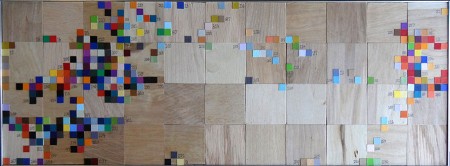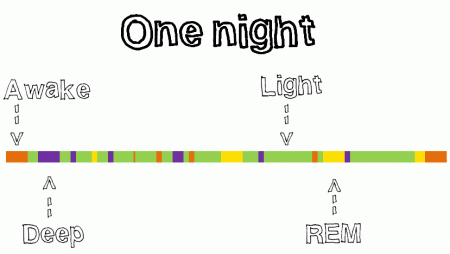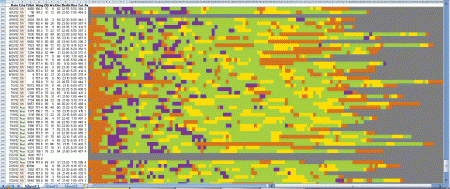 Every time I look at future scenarios of data tracking - it takes on a hugely sinister theme.
Every time I look at future scenarios of data tracking - it takes on a hugely sinister theme.
Big brother, stalking, total loss of privacy to big government agencies who are coming to get you. Some of it is like monsters-in-the-closet. While chatting about this with another artist at the LMCC residency in Lower Manhattan, she said maybe it's simply fear of the unknown and not understanding what collecting data could actually mean.
So, in anticipation of a time where sensors are seamlessly embedded in your clothes, in tiny bits you swallow with vitamins, GPS coordinates gathered from your phone and pics of what you see, say and hear are invisibly gathered....I've been collecting data to see how it feels, what does it mean, and how can I fill the spaces I live with that insight about ME?
Most of this is surprisingly easy.
Turn on openpaths on your phone - it gathers GPS data without any battery drain, and paints a map just for YOU, completely private about where you've been.

Grab TimeLapse from the app store on iphone for $1.99. And start snapping pics of what you see and do during the day. OK, you have to wear your phone around your neck, which you think is very geeky, but look on amazon and there are a ton of neckstrap gadgets for your phone. I used clingo.
Wear a fitbit...and keep track of how many foot steps you've taken and distance you've traveled, and weirdly how many flights of stairs you've walked (subway steps add up).
Extra credit for wearing a polar strap, stepping on your wifi scale everyday, logging your mood ala moodjam, turning on manictime, tracking a malady, getting a detailed graph of how you slept (my personal favorite) with Zeo, analyze your twitterfeed with liwc or cut paste all your emails here.
I'm especially fascinated with the sense of seeing and knowing the hidden side of yourself, the stuff that is invisible to you. The subliminal, the unseen, the things others see but you don't. The chance to see the OTHER you, that other person that operates in the world seemingly without direct control from you.
Does mindfulness and observation add a little fuel to your psyche? Does self-reflection using real data calm you down, sooth you, help you sleep, rev you up, give you encouragement, change your relationships, scare you, bring you something you never considered? Maybe this is a data driven version of ACT psychology.
What I know so far is that a daily habit of measuring and tracking adds weight and a sense of being in the world. As time and events slip by unnoticed, it gives just a couple inches more observation and sense of recollection of what is actually happening to me as I go thru the day. And I believe the old-adage 'you can't change that which you don't measure'. So, I'm measuring, watching, and intensely paying attention.
So, NO....I don't think self-tracking is OCD, or sinister, or eliminates the mystery of life. It's early days, but will be normal-embedded in how we live, the data will be ours to use, and we'll look back and can't believe there was a time when our genome and DNA wasn't used as our base-line for everything we ingest.









